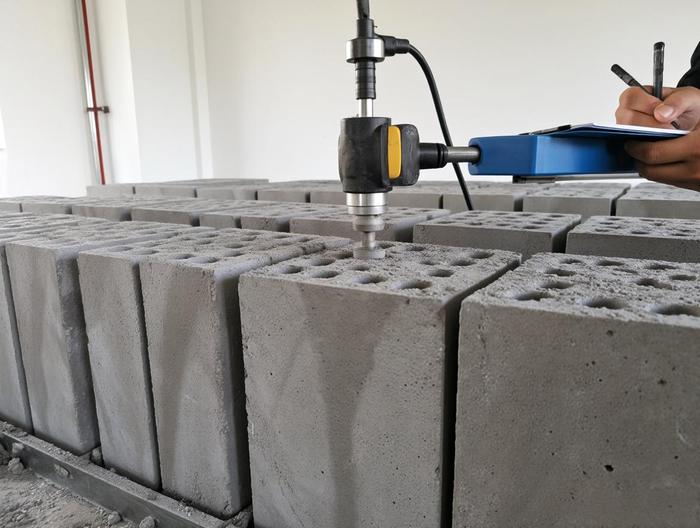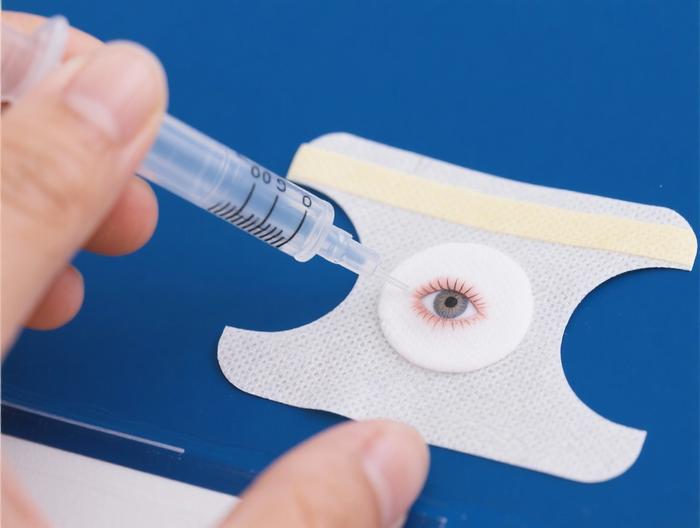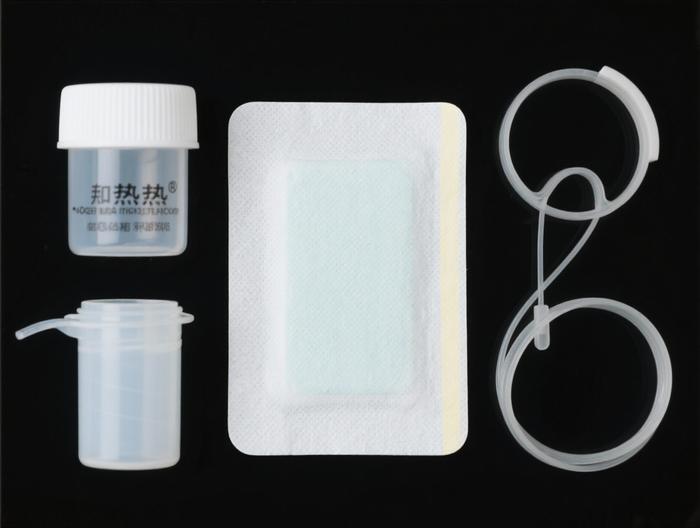智能手表表带材料化学成分及重金属残留检测方法解析
重金属残留检测相关服务热线: 微析检测业务区域覆盖全国,专注为高分子材料、金属、半导体、汽车、医疗器械等行业提供大型仪器测试、性能测试、成分检测等服务。 地图服务索引: 服务领域地图 检测项目地图 分析服务地图 体系认证地图 质检服务地图 服务案例地图 新闻资讯地图 地区服务地图 聚合服务地图
本文包含AI生成内容,仅作参考。如需专业数据支持,可联系在线工程师免费咨询。
智能手表表带作为与人体直接接触的部件,其材料的化学成分以及是否存在重金属残留至关重要。这不仅关乎手表的品质,更涉及到佩戴者的健康安全。本文将深入解析智能手表表带材料常见的化学成分,探讨重金属残留可能带来的危害,并详细阐述针对这些情况的有效检测方法。
一、智能手表表带材料常见化学成分概述
智能手表表带的材料多种多样,常见的有硅胶、氟橡胶、皮革、金属等。不同材料有着不同的化学成分特点。
硅胶表带主要成分是硅氧烷聚合物,它具有良好的柔韧性、耐高低温性能等优点,化学性质相对稳定,不易与其他物质发生化学反应。
氟橡胶表带则是以含氟单体共聚而成的橡胶,其分子结构中含有氟原子,这使得它具备优异的耐化学腐蚀性、耐高温性以及良好的密封性能等,化学成分上表现出对多种化学试剂的耐受性。
皮革表带的化学成分较为复杂,主要包含蛋白质纤维等,同时在制作过程中还可能添加鞣剂、染料等化学物质来提升其耐用性和美观度。
金属表带常见的有不锈钢等材质,其主要化学成分是铁、铬、镍等金属元素,通过合理的配比形成具有一定强度、耐腐蚀性的合金材料。
二、重金属残留可能带来的危害
智能手表表带中若存在重金属残留,可能会对人体健康造成诸多不良影响。
铅是常见的可能残留的重金属之一,人体摄入过量铅后,会影响神经系统的正常发育,尤其对于儿童来说,可能导致智力下降、行为异常等问题。长期接触含铅表带,即使是微量的铅通过皮肤接触等途径进入人体,也可能在体内逐渐累积,产生危害。
汞同样是需要关注的重金属,汞及其化合物可以通过皮肤吸收进入人体,进而影响人体的肾脏、神经系统等器官功能。汞中毒可能出现记忆力减退、失眠、肢体震颤等症状。
镉也是可能存在于表带材料中的重金属,它会在人体内蓄积,主要损害肾脏和骨骼,可能引发骨质疏松、肾功能不全等健康问题。
即使是一些相对毒性稍低的重金属如镍等,对于部分过敏体质的人来说,长期接触含镍的表带,也可能引发皮肤过敏反应,出现皮疹、瘙痒等不适症状。
三、硅胶表带化学成分及重金属残留检测方法
对于硅胶表带,首先要检测其主要化学成分硅氧烷聚合物的纯度等指标。可以采用红外光谱分析方法,通过对硅胶表带样品进行红外光照射,不同的化学键会吸收不同波长的红外光,根据吸收光谱的特征来确定硅氧烷聚合物的结构是否完整,以及是否存在其他杂质成分。
在检测重金属残留方面,常用的方法有电感耦合等离子体质谱法(ICP-MS)。将硅胶表带样品进行消解处理,使其转变为溶液状态,然后导入ICP-MS仪器中。该仪器可以通过离子化的方式将溶液中的各种元素离子化,然后根据离子的质荷比来精确测定其中是否存在铅、汞、镉等重金属元素以及其含量。
另外,原子吸收光谱法(AAS)也可用于硅胶表带重金属残留检测。它是基于原子对特定波长光的吸收特性来测定元素含量的方法。将消解后的样品溶液导入AAS仪器,通过选择合适的空心阴极灯发出特定波长的光,当光通过样品溶液时,若存在目标重金属元素,其原子会吸收部分光,根据光吸收的程度可以计算出重金属的含量。
四、氟橡胶表带化学成分及重金属残留检测方法
检测氟橡胶表带的化学成分,可利用核磁共振光谱法(NMR)。氟橡胶的分子结构中含有氟原子等特殊结构,通过NMR可以清晰地观察到分子中不同原子的化学环境以及它们之间的相互关系,从而准确判断氟橡胶的化学结构是否符合标准,是否存在异常的化学键或官能团等。
在重金属残留检测上,同样可以采用ICP-MS方法。将氟橡胶表带样品进行恰当的消解处理,使其转化为可供检测的溶液形式,然后送入ICP-MS仪器中进行分析,能够精准地检测出其中是否有铅、汞、镉等重金属元素以及具体的含量情况。
X射线荧光光谱法(XRF)也是一种可选的检测手段。对于氟橡胶表带,无需对样品进行复杂的消解处理,直接将表带样品放置在XRF仪器的检测区域,仪器发射出X射线,当X射线与样品中的元素相互作用时,会产生特征荧光X射线,根据这些荧光X射线的能量和强度等信息,可以快速判断样品中是否存在重金属元素以及大致的含量范围。
五、皮革表带化学成分及curities such as tannins and dyes. To detect the chemical composition of leather watchbands, methods like gas chromatography-mass spectrometry (GC-MS) can be used. GC-MS can separate and identify the various volatile and semi-volatile components in the leather sample, such as the types and amounts of tannins and dyes used in the tanning process.
When it comes to detecting heavy metal residues in leather watchbands, atomic fluorescence spectrometry (AFS) is a useful method. The leather sample needs to be digested first to turn it into a solution. Then, the solution is introduced into the AFS instrument. AFS measures the fluorescence intensity of the heavy metal atoms in the solution after they are excited by a specific light source. Based on this fluorescence intensity, the content of heavy metals such as lead, mercury, and cadmium in the leather watchband can be determined.
Another option for detecting heavy metal residues in leather watchbands is inductively coupled plasma optical emission spectrometry (ICP-OES). Similar to ICP-MS, the leather sample is digested and then analyzed in the ICP-OES instrument. ICP-OES measures the emission intensity of the heavy metal ions in the solution when they are excited by an electric current. From this emission intensity, the content of heavy metals in the leather watchband can be calculated.
六、金属表带化学成分及重金属残留检测方法
Metal watchbands, such as those made of stainless steel, have a main chemical composition of iron, chromium, nickel and other metal elements. To analyze the chemical composition of metal watchbands, spectroscopic methods such as X-ray diffraction (XRD) can be used. XRD can determine the crystal structure of the metal alloy in the watchband by analyzing the diffraction pattern of X-rays when they interact with the metal sample. This helps to verify whether the proportion of different metal elements in the alloy is correct and whether the crystal structure meets the standard.
For detecting heavy metal residues in metal watchbands, ICP-MS is still a very effective method. The metal watchband sample needs to be dissolved or digested appropriately to form a solution. Then, the solution is sent to the ICP-MS instrument for analysis. ICP-MS can accurately detect the presence and content of heavy metals such as lead, mercury, and cadmium in the metal watchband.
In addition, electrochemical methods such as anodic stripping voltammetry (ASV) can also be used to detect heavy metal residues in metal watchbands. ASV works by applying an electric potential to the metal watchband sample in a solution. The heavy metal atoms on the surface of the sample will be oxidized and then stripped off the surface. The change in the electric current during this process is measured, and based on this change, the content of heavy metals in the metal watchband can be determined.
七、检测方法的准确性与可靠性比较
Each of the detection methods mentioned above has its own characteristics in terms of accuracy and reliability.
ICP-MS is generally considered to be a highly accurate method for detecting heavy metal residues. It can detect a wide range of heavy metals with extremely high sensitivity and can provide very precise content measurements. However, it requires relatively complex sample preparation procedures, such as sample digestion, which may introduce some errors if not done properly.
Atomic absorption spectroscopy (AAS) also has good accuracy in detecting heavy metal elements. It is relatively simple to operate and has a lower cost compared to ICP-MS. But its detection range is somewhat narrower than that of ICP-MS, and it may not be able to detect some trace heavy metals with very low concentrations.
X-ray fluorescence spectroscopy (XRF) is a non-destructive testing method that can quickly obtain results. It is suitable for screening samples to see if there are heavy metal elements present. But its accuracy in determining the exact content of heavy metals is not as high as that of ICP-MS or AAS, especially for trace heavy metals.
Atomic fluorescence spectrometry (AFS) is mainly used for detecting specific heavy metal elements such as mercury and arsenic. It has good accuracy for these elements, but its application scope is relatively narrow compared to other methods.
八、检测过程中的注意事项
When conducting tests on the chemical composition and heavy metal residues of smart watchband materials, there are several important things to keep in mind.
First, sample collection is crucial. The samples should be collected in a representative manner to ensure that the test results can accurately reflect the situation of the entire watchband. For example, if testing a leather watchband, samples should be taken from different parts of the watchband to account for any potential variation in the chemical composition or heavy metal residues across the surface.
Second, sample preparation is also very important. Different detection methods require different sample preparation procedures. For example, when using ICP-MS to detect heavy metal residues, the sample needs to be properly digested to convert it into a solution. Incorrect sample preparation can lead to inaccurate test results.
Third, the calibration of testing instruments is essential. All testing instruments should be calibrated regularly to ensure their accuracy and reliability. For example, in the case of AAS, the hollow cathode lamp needs to be calibrated regularly to ensure that it emits the correct wavelength of light for accurate element detection.
Finally, the interpretation of test results also requires care. The test results should be analyzed in combination with the specific situation of the watchband material and the detection method used. For example, if a small amount of a certain heavy metal is detected in a silicone watchband, it may not necessarily mean that there is a significant health risk, as the solubility and bioavailability of the heavy metal in the silicone material may be very low.
热门服务















